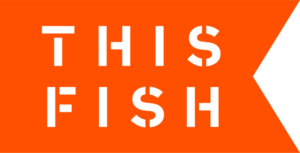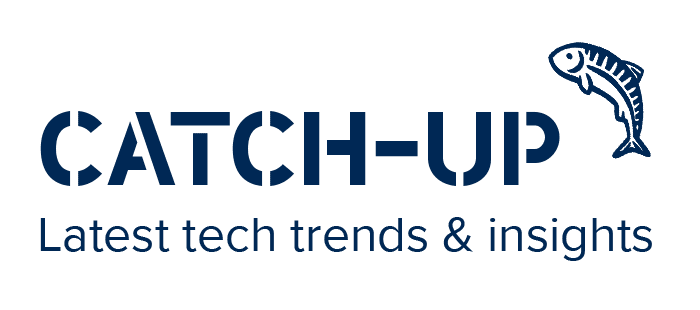About
Our commitments
As a leader in seafood’s digital transformation, ThisFish is committed to observing and practicing secure and privacy-minded data standards. Our participation with Canada’s Ocean Supercluster only further cements our belief in xx.
Some 40 global seafood companies along with major environmental groups and certification bodies have endorsed the new GDST Data Standard 1.0.
ThisFish has set the default configuration in its software to meet these global standards which will help to “future proof” our customers as there is more demand for digital supply chain data.
The GDST standards have two main parts:
- Key Data Elements: The standards identify the minimum data elements that need to be documented and transmitted within GDST-compliant seafood supply chains, covering both wild-capture and aquaculture products.
- Technical Formats: The standards govern the technical formats and nomenclatures for sharing data among interoperable traceability systems.
GDST 1.0 is built as an extension of the international traceability standard known as GS1 EPCIS, which is widely used by major retailers, brands and supply chains.
The GDST has refined and adapted the EPCIS standard for the seafood industry and included innovations that allow companies to integrate with GS1-based systems without making commercial commitments to use proprietary GS1 traceability solution products. For more information, visit GDST’s website.
Here are links to some valuable resources:
- GDST 1.0 Standards and Materials: https://traceability-dialogue.org/gdst-1-0-materials/
- GDST 1.0 Implementation Toolkit: https://traceability-dialogue.org/gdst-1-0-implementation-roadmap-toolkit/
- GDST 1.0 on GitHub: https://developer.traceability-dialogue.org/
Ocean Super Cluster
In July 2020, Canada’s Ocean Supercluster awarded ThisFish Inc. a $500,000 grant to invest in the development of the next generation of seafood processing technology powered by artificial intelligence AI).
ThisFish has developed AI-enabled apps, called Tallybots, that can be embedded in our production and traceability software for predictive analytics and automation.
Seafood processing faces many problems that can be solved by artificial intelligence. Because of the natural variability of fish, such as species, fish size, seasonality, fishing zone, catch method and so on, seafood processors often have difficulty predicting production and quality outcomes, such as yields.
There are simply too many variables for the human mind to analyze. That’s a perfect problem for our new Tallybot technology. Think of Tallybot as a little digital helper, like the R2D2 of seafood processing.
As part of the Supercluster collaboration, ThisFish has partnered with Orca Specialty Foods, Hardy Buoys Smoked Fish Ltd, McGill University, York University, and Eurofish. Together the companies and research universities are collaborating on the development of Tallybots, programmed with machine learning algorithms, to tackle some of the toughest challenges in seafood production, traceability, quality control and cost accounting.
The project team expects to be one of the first in the world to embed artificial intelligence into seafood production and traceability software. Tallybots will analyze the large datasets created by ThisFish’s Tally software to help processors maximize yields, improve quality, automate costing and reduce data errors as well as noncompliance.
The project may also extend the AI technology to fishing vessels to improve catch handling, freezing and storage at sea.



